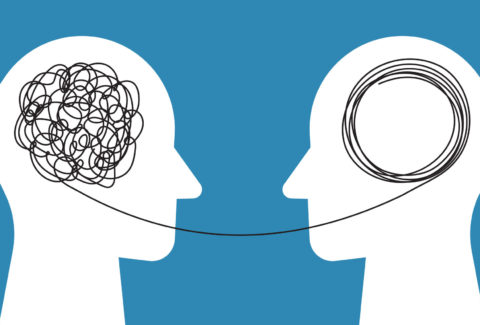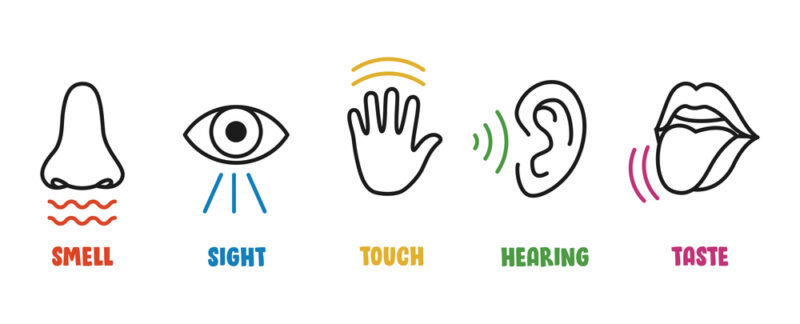Anchoring Emotional States: How to Help Clients Reclaim Inner Resources

Anchoring Emotional States: How to Help Clients Reclaim Inner Resources
“You already have everything you need to succeed—it’s just a matter of accessing it.” – NLP Principle
Imagine if a client struggling with anxiety could instantly access a sense of calm. Or if someone trapped in shame could touch a memory of confidence—and feel it in their body.
Anchoring in NLP[1] helps clients reconnect with resourceful emotional states that already exist within them—and makes those states available on demand.
What Is Anchoring?
Anchoring is the process of associating a specific internal state (like calm, courage, or joy) with a stimulus (like a word, touch, breath, or gesture).[2] Think of it as emotional conditioning—similar to Pavlov’s dogs, but with conscious intention.
In therapy, anchoring allows us to:
- Help clients shift states quickly and reliably
- Reinforce progress and positive identity
- Replace habitual responses (panic, self-doubt) with empowering ones
Anchors can be visual, auditory, kinesthetic, or even internal cues like a mantra or image.[3] The key is that they’re deliberately linked to a powerful emotional experience.
The Anchoring Process[4]
- Elicit the resource state – Ask the client to recall a time they felt empowered, safe, or joyful. Help them fully associate—seeing, hearing, and feeling the memory.
- Apply the anchor – When the emotional peak is strongest, apply a unique stimulus (press two fingers together, tap the chest, say a phrase).
- Break state – Distract briefly to clear the emotion.
- Test the anchor – Repeat the stimulus. Does the desired state return?
With repetition and reinforcement, this process becomes a portable resource clients can use in daily life.
A Clinical Example
A client with social anxiety recalls a time they spoke confidently at a family dinner. The clinician helps them feel that moment deeply—what they saw, heard, and felt. At the peak, the client presses thumb and forefinger together.
Later, when anxiety rises in session, the clinician says, “Let’s try your anchor.” The client repeats the gesture—and with it, a shift in physiology and self-perception.
Anchoring doesn’t erase fear. It reminds clients of who they are beyond it.
Why It Works
Anchoring taps into state-dependent memory and learning. Just as trauma can condition fear responses, positive states can be conditioned too. The difference is that with NLP, the process is conscious, strategic, and empowering.[5]
This technique aligns with somatic therapy, mindfulness, and trauma-informed care—helping clients build internal safety and flexibility.
Clinician Reflection
This week, try anchoring for yourself. Recall a moment when you felt energized, grounded, or proud. As you re-experience it, apply a simple gesture. Later, try repeating it and notice the shift.
Then, ask yourself: Which clients could benefit from a resource state anchor? Confidence. Calm. Hope. Even the memory of feeling loved.
When clients carry these anchors into their lives, therapy extends far beyond the room.
[1] Heap, Michael. “Neuro-linguistic programming.” Hypnosis: Current clinical, experimental and forensic practices (1988): 268-280.
[2] Angell, G. Brent. “Neurolinguistic programming theory and social work treatment.” Social work treatment: Interlocking theoretical approaches 4 (1996): 480-502.
[3] Mukherjee, Sanjukta. “Anchoring-An NLP Master Tool.” Available at SSRN 2191435 (2012).
[4] O’Connor, Joseph, and Ian McDermott. Principles of NLP: What it is, how it works. Singing Dragon, 2013.
[5] Gibson, Barbara. The complete guide to understanding and using NLP: neuro-linguistic programming explained simply. Atlantic Publishing Company, 2011.








